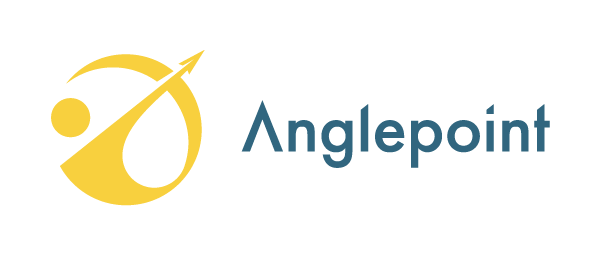Once you have completed planning and gained buy-in for your ITAM program, it’s time to start implementing. By this stage, you should have a clear, outcome-driven plan supported by everyone, and you should have created an approach to managing information, processes, and dependencies.
You may well be starting the process of delivering the early tactical elements and rolling out the governance structure to fit your needs & the culture of your organization. It’s essential to proactively recruit & engage your Steering Committee Members to ensure they support the processes through their sub-organizations that have been agreed to enable them to make informed sponsorship decisions. We recommend organizing Steering Committee workshops.
During these workshops, you can provide Steering Committee members structure using focused, executive-level training materials on key concepts & principles, such as:
- Roles & duties of Steering Committee members
- Complexities of licensing & limitations of tools
- And Conceptual models to understand the aims of the ITAM program
A recent Gartner report states that “The siloed nature of roles and responsibilities has led to enterprises struggling to obtain and leverage accurate data for software and SaaS consumption within their cloud environments. This is leading to conflicting reporting and governance standards between functions.” Composable businesses made up of autonomous innovation centers around the business are a key driver for many organizations. In this scenario the SAM service evolves to become a customer centric internal service provider.
To ensure the smooth integration of this new structured ITAM Framework and avoid the siloed roles mention by Gartner, requires communication across the business to ensure that each and every business function is onboard and understand the businesses ‘way of working’. The best way to do this is through adopting Composable Business thinking. This will accelerate innovation & modularity at the edge. If you are working with a partner, they must engage in this way of thinking too.
We recommend assigning a ‘spokesperson’ from each business function to join an operational team, and enabling them with an easily accessible playbook, complimented with a two-way line of communication so each department’s needs and capabilities are brought to the table. this allows the process to be communicated back to each of these departments and the SAM/ITAM team along with the service provider can then work upwards with the steering committee to ensure the embedded processes are adhered to and work for the entire business. The SAM function must adopt a service-provider mentality to the internal business owners it exists to serve. This will facilitate agility, speed, quality and cost optimization, ensuring the SAM Service remains a relevant business enabler.
In the afore mentioned Gartner report, Gartner cites that “Digital transformation in uncertain times requires IT leaders to support an increasingly diverse set of stakeholders and technology requirements.” Successful leaders must develop an adaptive approach to governance and managing vendor performance, prioritizing the most impactful business outcomes. Composable Business thinking will deliver this approach.
